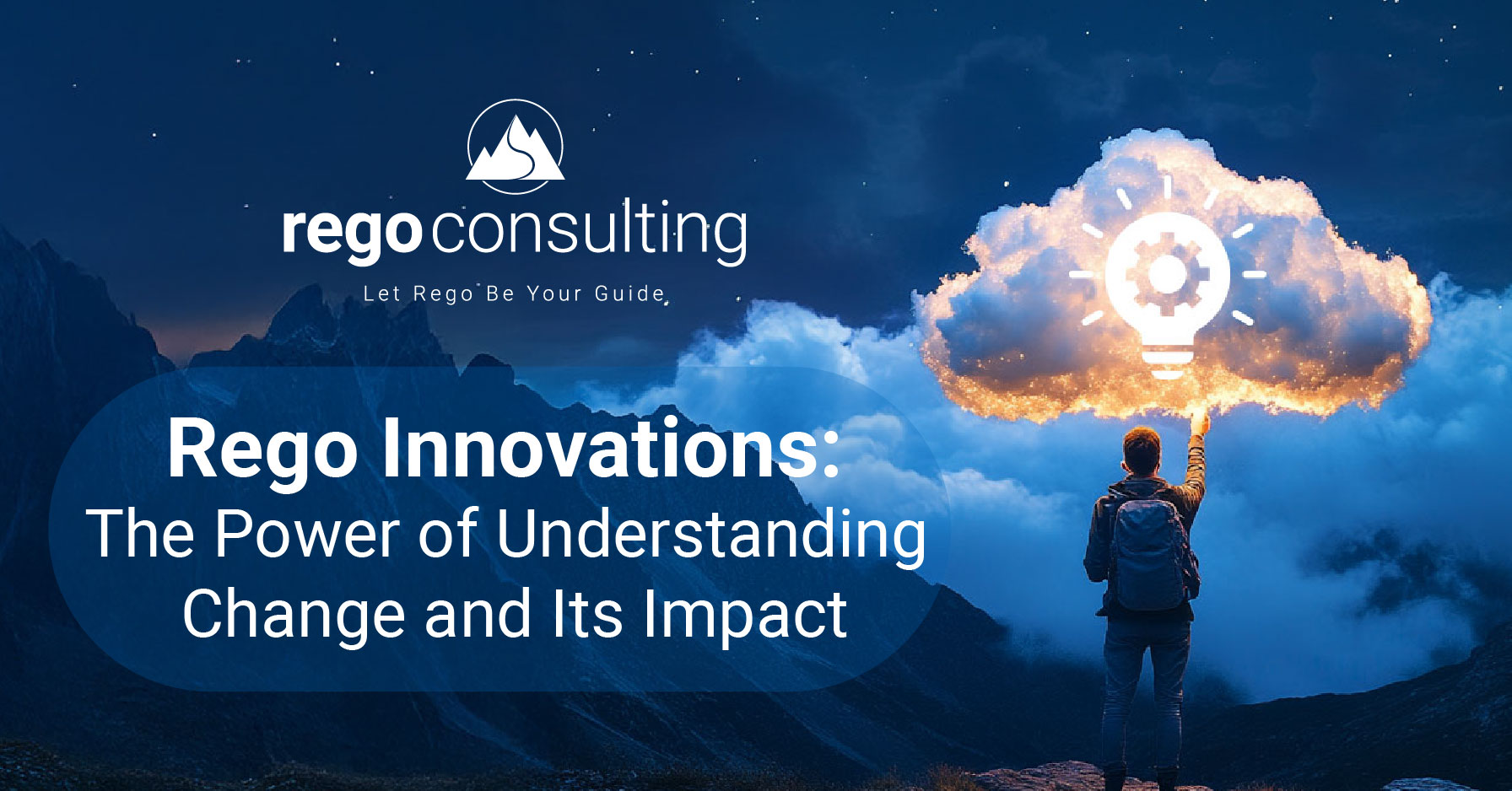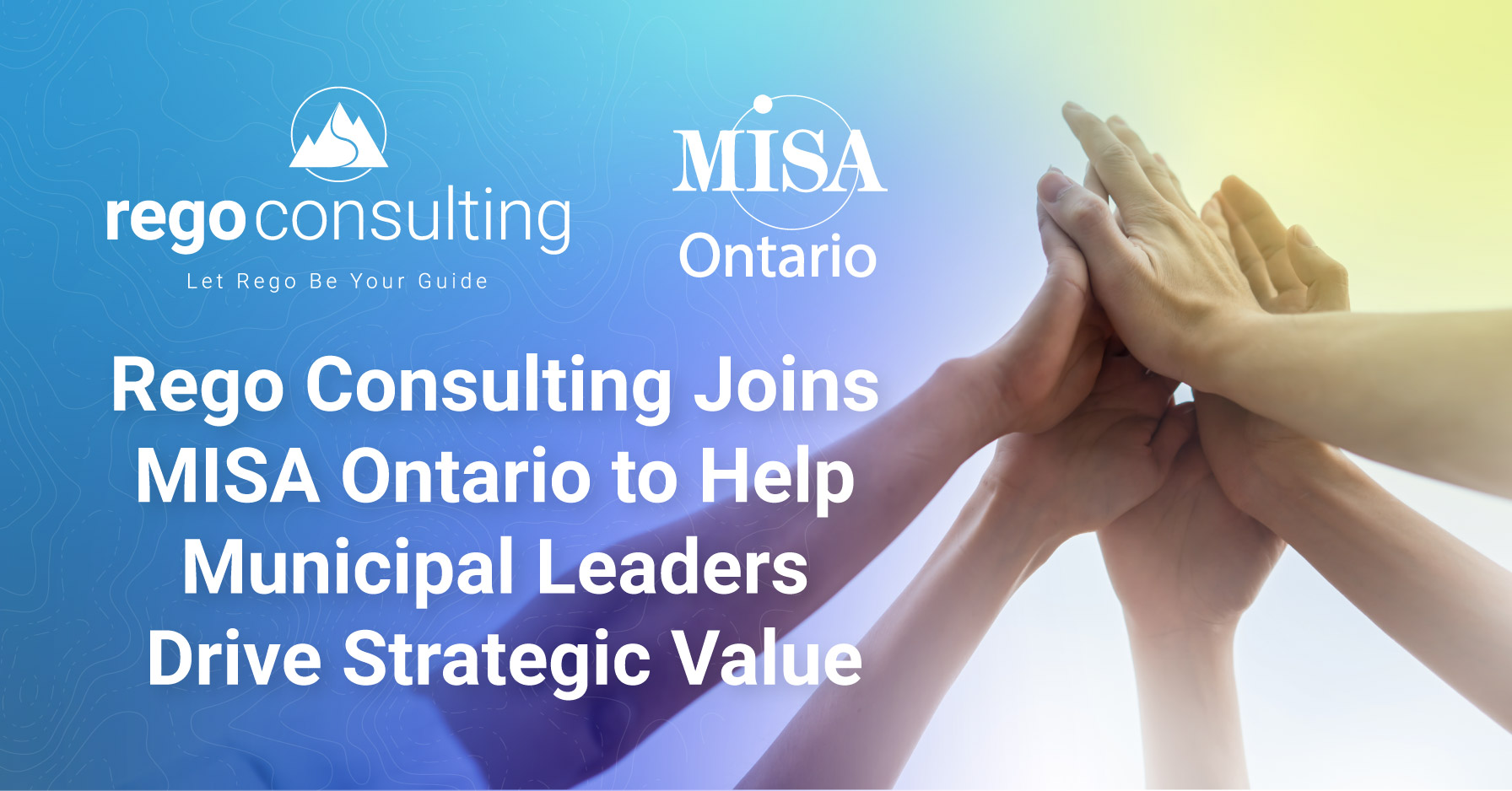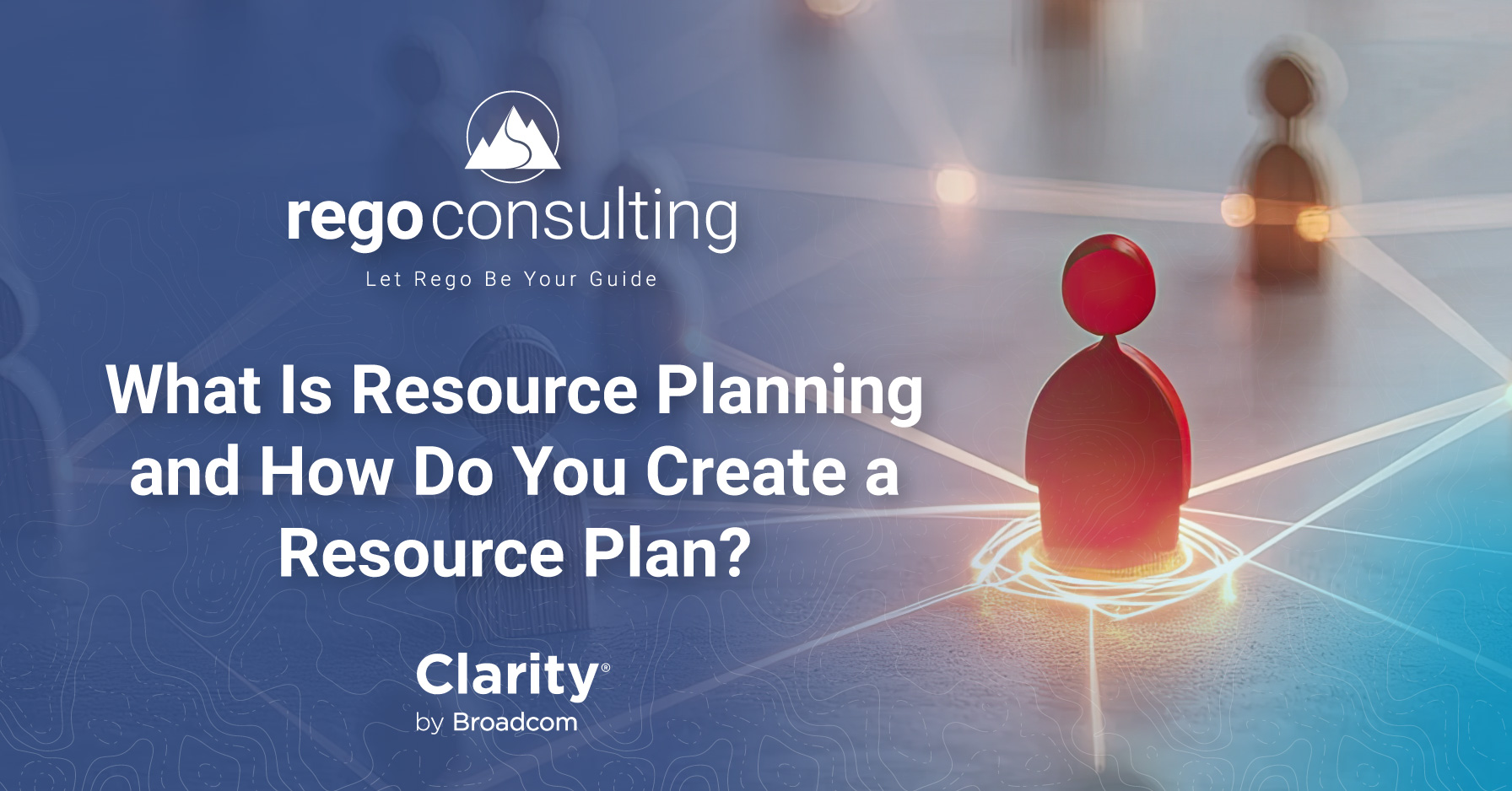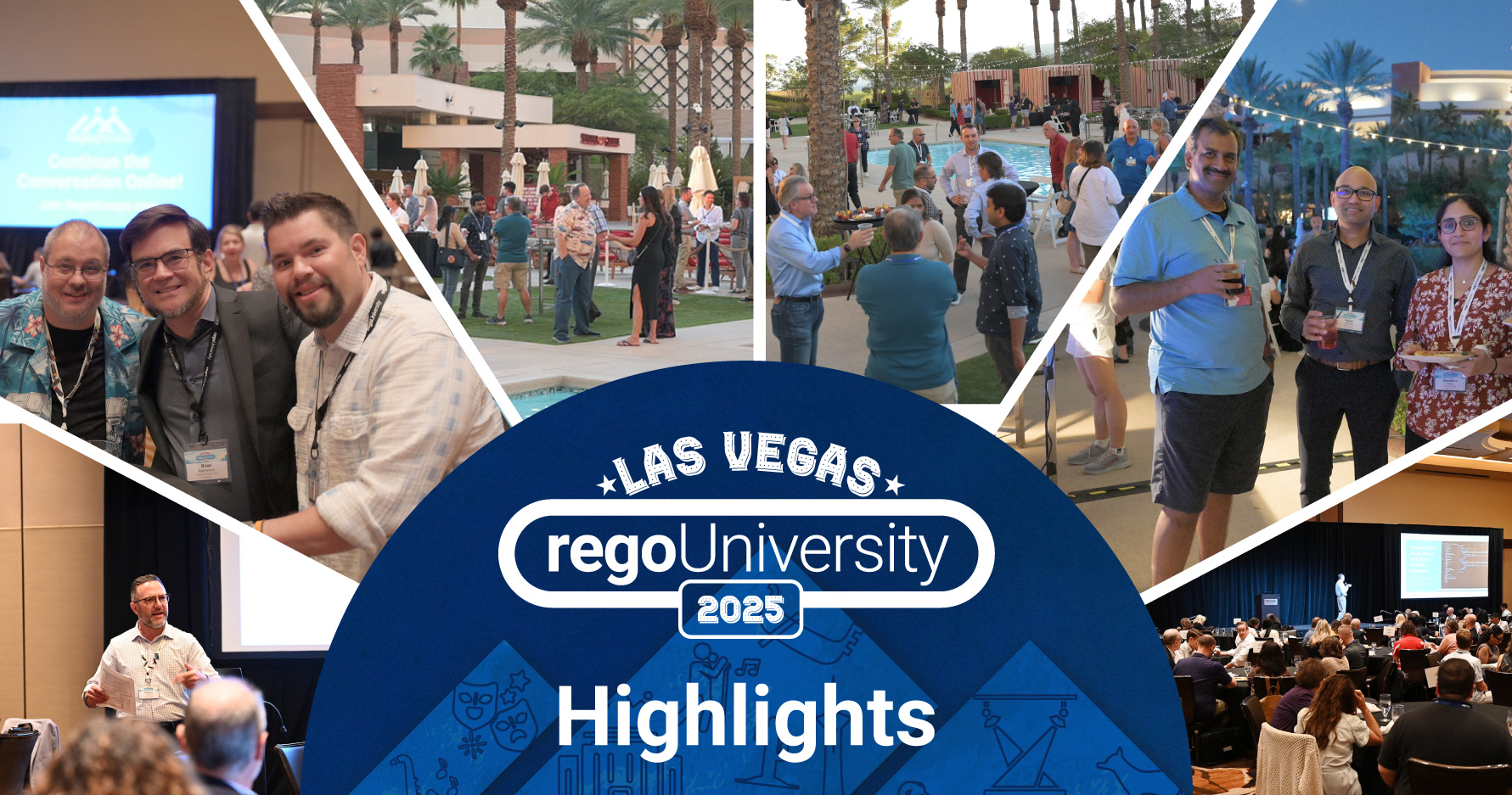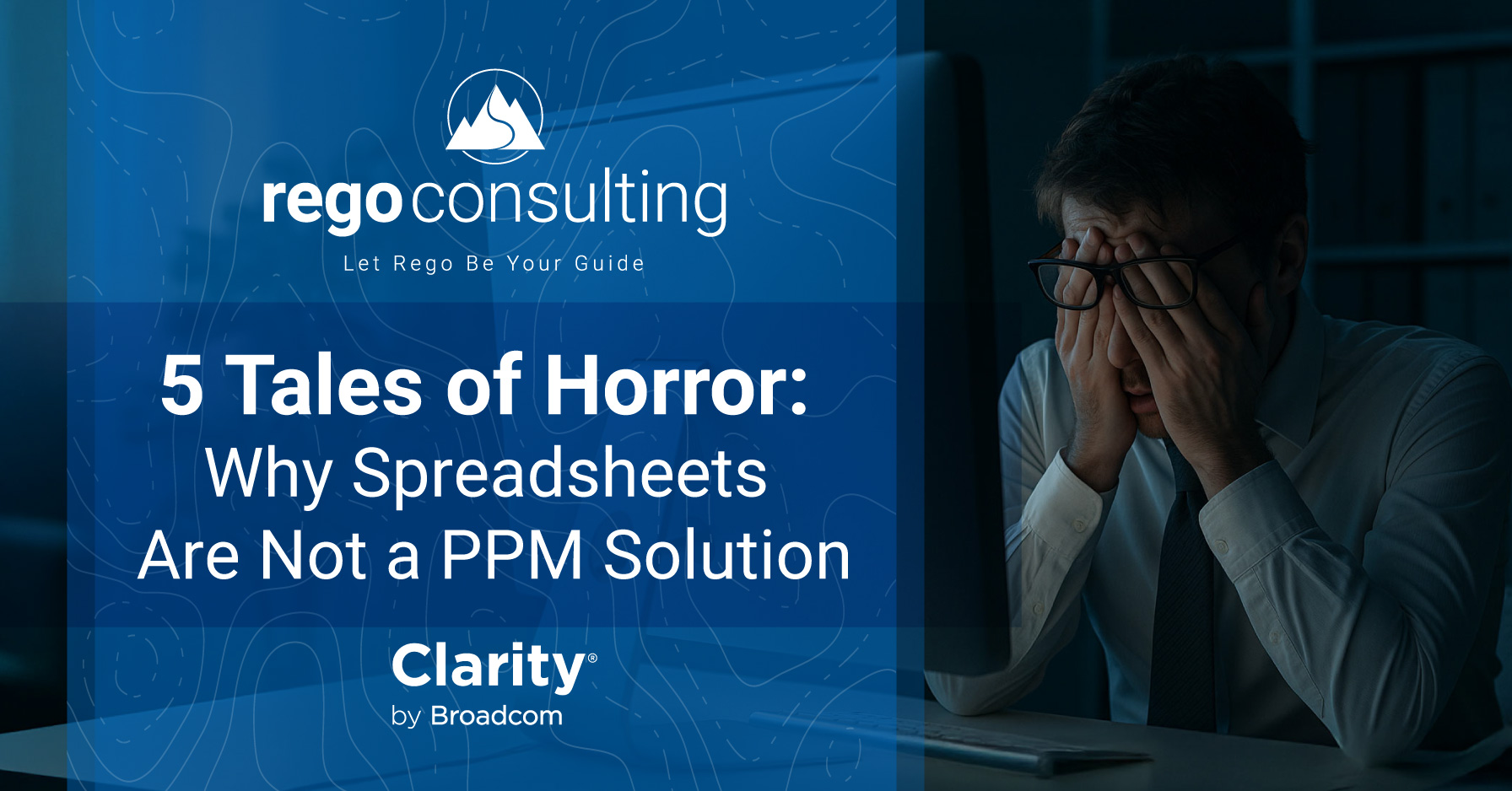
Did you catch our Agile Master Class webinar, the last in our series covering Agile Financials, Roadmapping, and Resource Management in Clarity PPM? Today we’ll address the highlights from that webinar, so you can navigate Agile resource management with Clarity PPM and Rally Software®.
The webinar is now available on demand for your convenience. Our panelists—Thomas Lukareski, Rob Greca, and Rob Sirard—had a fascinating conversation.
Planning and Estimation
 Many organizations struggle with resource management. However, there are tactical actions we can deploy right away to more effectively manage our resources. Today, we’ll take a look at the unique benefits of Agile and hybrid solutions that integrate best practices with traditional resource management for greater efficiency.
Many organizations struggle with resource management. However, there are tactical actions we can deploy right away to more effectively manage our resources. Today, we’ll take a look at the unique benefits of Agile and hybrid solutions that integrate best practices with traditional resource management for greater efficiency.
The annual planning cycle is kicking off for next year. This is a costly, lengthy process—and often fails to account for new business opportunities that can’t be predicted. A big portion of the annual planning process involves looking at whether or not there are enough resources to handle upcoming projects.
- Are the roles we need accounted for?
- Do our teams possess the skills required to complete key tasks?
These questions are hard to answer. Many companies believe that if only they had the right tools, hurdles to agility would solve themselves. That isn’t entirely true. Fortunately, there is a better way to ensure agility and scalability.
Key Differences Between Waterfall and Agile
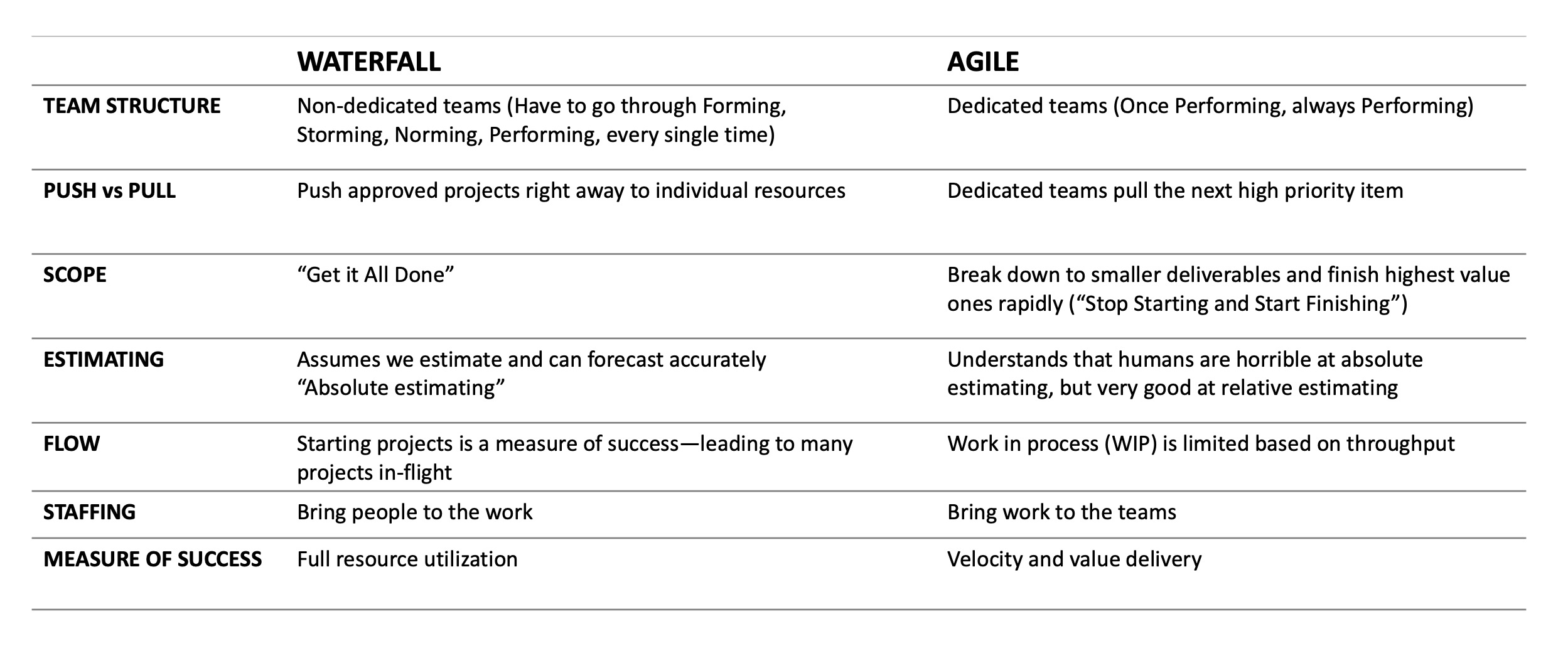
The Product Model
Traditional management styles plan, group, and assign projects to individual resources. Frequently, this leads to trouble with estimations. Since it’s not realistic to assume that people will be better at estimations this year than last year, we run into trouble with annual planning.
Organizations that adopt an Agile, product-centric management style, meaning that they prioritize and plan based on products instead of projects, do not use resource management in the way we’re used to thinking of it. That’s because Agile teams stick together and perform for maximum efficiency, product after product.
In the previous Agile Best Practice blog, we cover the application of the product model in greater detail. Read more here.
Teams vs. Work in Agile and Traditional RM
Traditional resource management brings in a new team for every project under the assumption that they will be at a performance stage from the beginning. But how often does that work in real-life? Do humans truly work the way we believe they do?
In Agile and hybrid-Agile methods, the work is brought to the team—unlike a traditional Waterfall method, where the team is brought to the work. Agile teams tend to be more engaged and satisfied.
 Motivated, Happy Team Characteristics
Motivated, Happy Team Characteristics
- Self-directed (How can it be most productive and effective?)
- Stays together (Forming, Storming, Norming, and Performing)
- Based on servant-leadership
- Multi-tasking is eliminated
- Continuous improvement is baked-in
- Collaboration and feedback is present throughout the cycle
Going Agile isn’t a small or simple task, but implementing at least some of the Agile principles promotes employee retention, greater productivity, and the ability to pivot on valuable opportunities. First, we consider how much effort the traditional approach requires and whether or not it’s producing the results we want.
Clarity PPM and Rally Software® for Agile Resource Management
With Clarity PPM in our toolkit, we can search for exactly what we need to find a match for availability and skills. There’s no need to set aside time each month to determine what you need from people or roles. If we’re not delivering as quickly as we want, we don’t need to increase staffing.
This establishes cross-functional teams, where we can pull in additional roles as needed. Most of the time, teams work in sprints. We make sure that our Finance Department and PMO understand how this paradigm shift will affect them, and identify a baseline velocity number to predict the work coming in.
Three Step Process for Resource Managers
- Invest time in prioritizing the backlog in place of traditional RM tasks
- Motivate the team for skill-diversity
- Complete the shift from project to product
Always follow the money, and move teams instead of individuals whenever possible. The team should stay with a product throughout its lifespan. This creates sustainability amongst teams and across products. The more knowledge and experience a team gets, the more dynamic and versatile they become.
During budgeting, focus on funding capacity (usually fixed capacity). It’s a best practice to budget at an annual level but hold quarterly reviews to make adjustments. Are shared resources working off the same prioritized backlog? Our organizations plan together in order to have specialized skillsets jump in as needed.
The image below shows a Rally Software® view of products to be completed, with a blue line indicating team velocity.
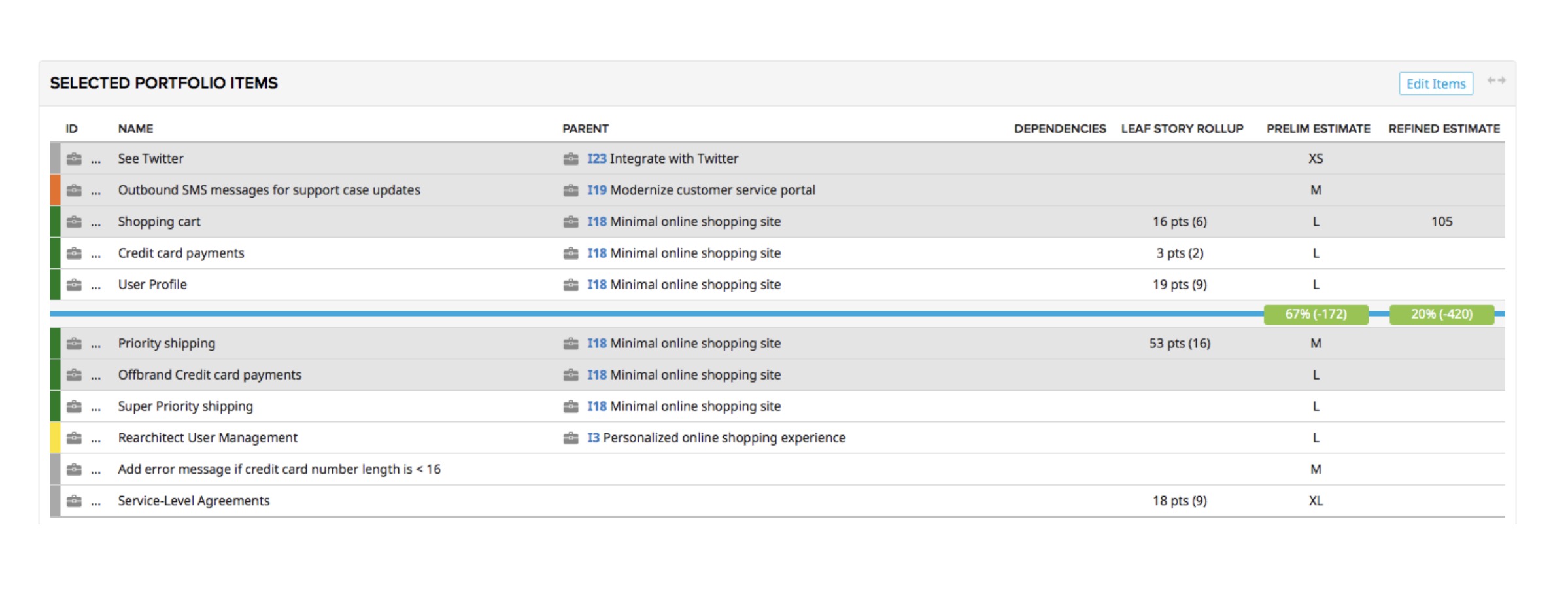
Everything above the blue cut line is realistic work based on our capabilities. That means that work below the line will get done, just not in the same timeframe. This gives leadership a visualization, so decisions can be made based on priorities.
The following view shows the backlog and cut line overlaid with teams. We can see the cutline on the left side of the screen, and to the right we can see work that is currently being allocated.

When determining capacity, the ideal number is around 70-80%. Allocating up to 100% leaves no time to other tasks essential to running a business (“keeping the lights on”). Avoid spending too much time on the math and err toward a relative number. Rally Software® allows you to switch points to hours. For help with point estimation consistency, SAFe describes methods we can use to establish a baseline.
Over time, our goal is to see predictability normalized. Once established, we can take the model and replicate it across the organization.
Takeaways
Becoming Agile is about evolution, not revolution. We can start with a small team to test best practices and see how they apply to the bigger picture. After that, we’ll be well placed to expand and scale across the enterprise. Working with an external consultant can help leadership see the value in adopting a more Agile mindset. Although tools are a powerful ally in our Agile transformation, they are only as effective as the principles that drive them. Using Clarity PPM and Rally Software to support our transformations yields the data and visualizations that promote tactical Agile change from the ground-up.
A special thanks to our talented panel of presenters.
 |
Thomas Lukareski is the Director of Sales Engineering at Rally Software®. Thomas has educated and advised organizations on the benefits of coordinated Agile development practices at scale. He has first-hand knowledge of both the benefits and pitfalls that are part of any Agile evolution, and brings real-world experience as both a Product Manager and Engineer into the conversation. |
 |
Rob Greca is the Managing Director of Agile Services at Rego Consulting. Rob specializes in large scale, enterprise-wide strategic transformations, and has broad industry exposure spanning technology, financial services, retail, utilities, and pharmaceuticals. |
 |
Rob Sirard is an Agile Coach at Rego Consulting with proven success in global business agility transformations and Application Lifecycle Management (ALM) implementations in e-Commerce, Healthcare, Banking, and Hospitality. He has experience training and coaching Scrum, Kanban, and Lean concepts to all levels of an organization. |
Rego Drives Clarity PPM Innovation
As business transformation leaders, we’ve refined best practices in PPM for over a decade, across every industry. That’s why 70% of Fortune 20 and 50% of Fortune 100 companies trust us to optimize and support their end-to-end Clarity services. If you’re looking for Clarity implementation guidance, training, or support, reach out to our Clarity consultants today. We’ll help you gain measurable ROI from your investment while driving down the cost of implementation, development, and support.

